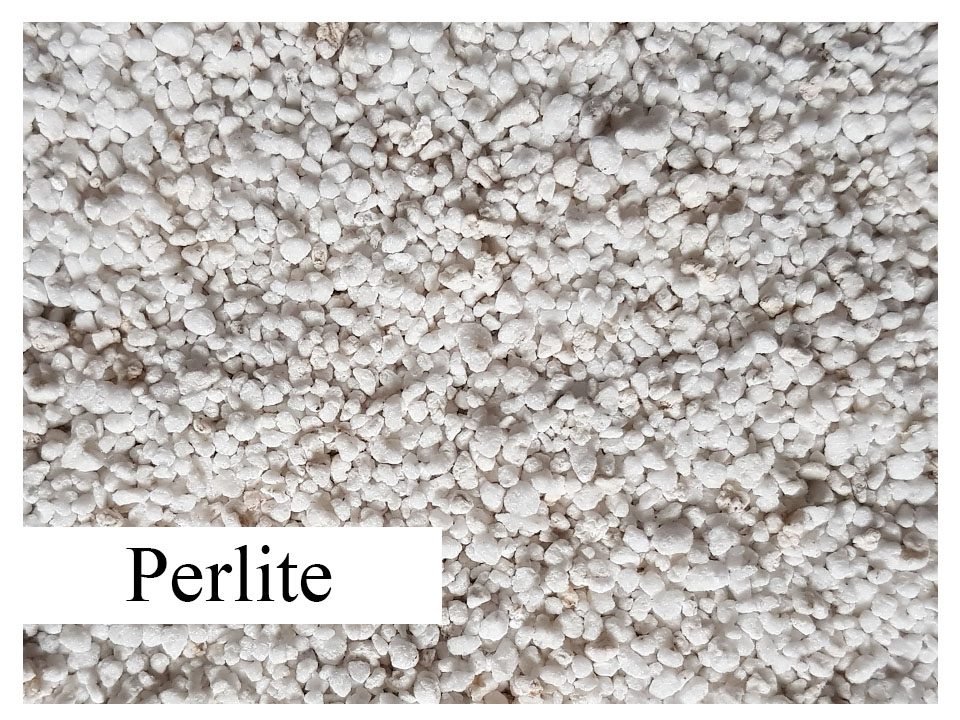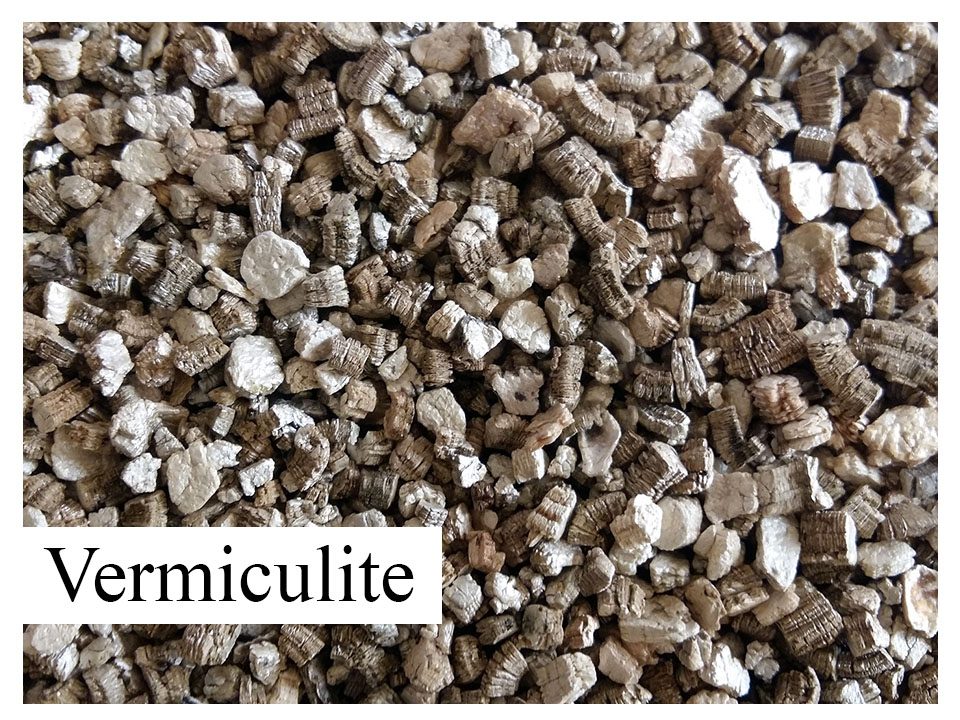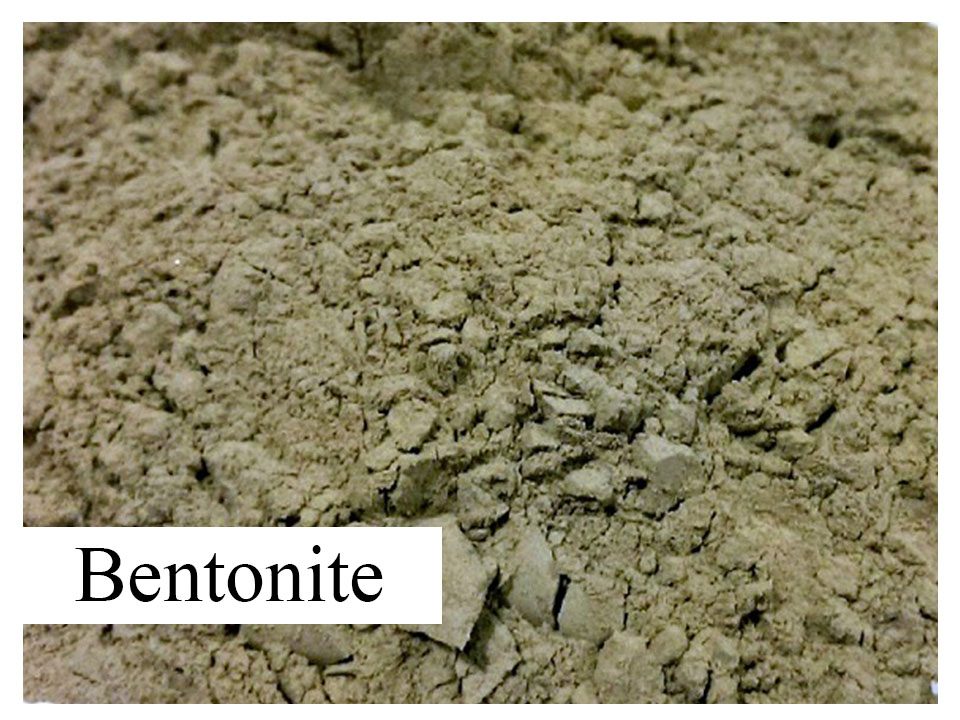ZEOLITE
Zeolites are crystalline, hydrated aluminosilicates that contain alkali and alkaline-earth metals. Natural zeolites are secondary minerals having been formed either by alteration of feldspars, feldspathoids, and volcanic tuff or as a result of reactions between volcanic rocks and ash layers with alkaline groundwater or by crystallization in post-depositional environments in shallow marine basins. The applications that use natural zeolites make use of one or more of their chemical properties, which include adsorption, cation exchange, and dehydration or rehydration. These properties are functions of the specific crystal structure of each mineral, its framework, and its cationic composition.
Zeolite Mine to Mill
We are pleased to inform you that Our Company, Asia Mines and Minerals Development Co (AMMD Co)., is the professional producer and supplier in the field of the mineral product like Natural Zeolite of IRAN origin. Conventional open pit mining techniques are used to mine natural zeolites. The overburden is removed to allow access to the ore. The ore will be stripped for processing by using tractors equipped with ripper blades and front-end loaders. In our factory, we process ore to crushed, dried, and milled. The milled ore is air-classified as per particle size while the crushed product is screened for obtaining two fractions — granules and fines.ZEOLITE USES
Soil reclamation
Potassium and nitrogen are two of the four major indispensable plant nutrients (the other two are phosphorus and calcium). Zeolites dominated by exchangeable K, therefore, may be well-suited for plant growth applications while those dominated by Na should be approached much more carefully as Na in high concentrations can be detrimental to plants. The natural zeolite clinoptilolite is used for soil treatment. It provides a source of slowly released potassium. If previously loaded with ammonium, the zeolite can serve a similar function in the slow release of nitrogen. It has been seen that certain zeolites can reduce nitrates and nitrites to free nitrogen by ion exchange.Nursery, floriculture, silviculture
Zeolites can act as water moderators. They can absorb up to 55% of their weight in water and slowly release it according to plant demand. This property can prevent root rot and moderate drought cycles. In an experiment, potting soil with 12% clinoptilolite was found to harvest morning dew and return it to the plant roots for reuse. The same bed was able to grow healthy leaf lettuce without external water in a subtropical climate with daytime temperatures exceeding 30° C. Zeolite, by virtue of the absorbed and stored water, can also be used as a growing medium in hydroponic gardens (hydroponics is a technique of growing plants without soil, in water containing dissolved nutrients). By virtue of their ability to absorb, zeolites can be used for preventing cesium uptake in plants grown on contaminated soil.Animal husbandry
Addition of as little as 1% of a very low-sodium clinoptilolite to livestock feed is known to be beneficial. It absorbs ions of some elements from the feed, stores them and releases them as per need within the body of the animal. This way it can store phosphorus and slowly release it as assimilation progresses for improved bone density. Clinoptilolite variety of zeolite is also used for cleaning the environment around confined animals by absorbing airborne ammonia and toxins generated by fungi.Paper
Micronized white (or bleached) natural clinoptilolite type of zeolite is used in USA, Japan, etc. for imparting strength to paper. Because of the absorption capacity of zeolite, the surface particles of the paper become firmly bonded with it. The strength of the alumino-silicate frame of the zeolite species makes such papers strong.Heating and refrigeration
Zeolites can be used as solar thermal collectors and for adsorption refrigeration. In these applications, their high heat of adsorption and ability to hydrate and dehydrate while maintaining structural stability are taken advantage of. This hygroscopic property coupled with an inherent exothermic reaction when transitioning from a dehydrated to a hydrated form (heat adsorption), make natural zeolites effective in the storage of solar and waste heat energy. By virtue of their heat-adsorption ability, the zeolite can serve as a refrigerating agent.Purification of oil, gases, chemicals
Zeolites (specially chabazite) are believed to have the potential of providing precise and specific separation of gases including the removal of H2O, CO2, and SO2 from low-grade natural gas streams. Other separations include noble gases, N2, freon (chlorofluorocarbon or CFC) and formaldehyde. However, presently, this is still a subject of research. The hygroscopic positively charged cations (sodium, potassium, calcium, magnesium) trapped within the pores of zeolites have a strong affinity for moisture, and by virtue of this affinity, they can selectively separate negatively charged particles of moisture and desiccate liquids and gases. Here, the selective absorption by zeolites is based not only on differences in size and shape but also on those in polarity. Due to the same factors, zeolites can also separate ions of one gas from another in a gaseous mixture and organic solvents from the water. In some cases, different types of molecule enter the zeolite, but some diffuse through the channels more quickly, leaving others stuck behind, as in the purification of para-xylene.Medical grade oxygen
Zeolite-based oxygen generation systems are widely used to produce medical grade oxygen. The zeolite is used as a molecular sieve to create purified oxygen from air, in a process involving the absorption of undesired gases and other atmospheric components, leaving highly purified oxygen and up to 5% argonConstruction
Zeolites are used in two ways
(a) Asphalt Mix: In this application, the ability to hydrate and dehydrate while maintaining structural stability and an inherent exothermic reaction when transitioning from a dehydrated to a hydrated form is the key. When added in the production process of warm mix asphalt concrete, the exothermic reaction helps lower consumption of fossil fuels during manufacture and laying of hot asphalt concrete, thus releasing less carbon dioxide, aerosols and vapours. The development of this application started in Germany in the 1990s.(b) Ordinary Portland Cement: When added to portland cement as a pozzolanic material, it reduces chloride permeability by virtue of its selective molecular sieving. Its low specific gravity (2.0-2.4) reduces weight. Also, its ability to absorb, store and slowly release water allows slower drying which improves break strength as well as workability.







